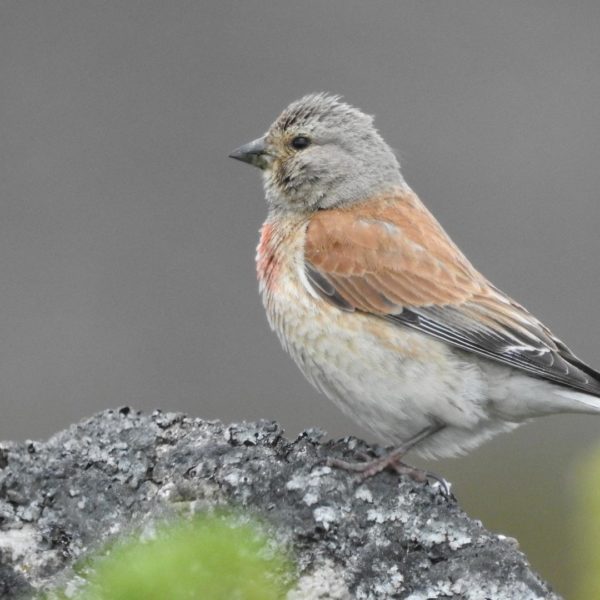Key Facts
- Length: 14cm
- Wingspan: 24cm
- Weight: 19g
- Average Lifespan: 2 years
A common, small finch of heathland, scrub and farmland, the Linnet feeds on seeds and is present all year-round.
In winter, they may form large flocks with other seed-eaters, roaming the countryside and feeding on stubbles, saltmarshes and wasteland. Linnets build neat, bowl-shaped nests, often in gorse bushes or in hedgerows. They were once popular cage birds due to their melodious song.
How to Identify
Linnet males have brown backs, grey heads and pinky foreheads and chests. Females are paler, streaky and lack the pink patches.
Where to find
Widespread.
How People Can Help
Linnet numbers have decreased significantly over recent decades – a decline mirrored by many of our farmland and garden birds. Changes in agricultural practices, such as the removal of hedgerows and increased use of pesticides, have had detrimental effects, but The Wildlife Trusts are working closely with farmers and landowners to promote wildlife-friendly practices. You can help too, by providing food and water for garden birds. To find out more about gardening for wildlife, visit our Wild About Gardens website: a joint initiative with the RHS, there’s plenty of facts and tips to get you started.
Did you know?
Linnets are named after their favourite food: seeds. Linseed is the seed of flax, giving the bird its common name, while the Latin name ‘cannabina’ refers to Hemp.
Similar Species
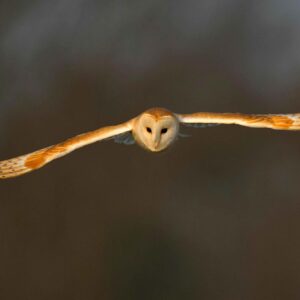
Barn Owl
- Birds
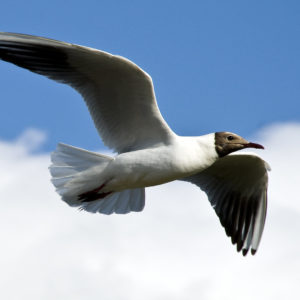
Black-Headed Gull
- Birds
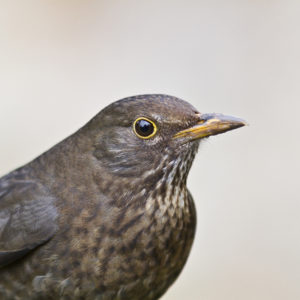
Blackbird
- Birds
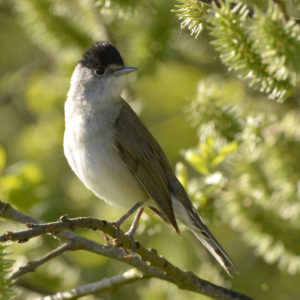
Blackcap
- Birds
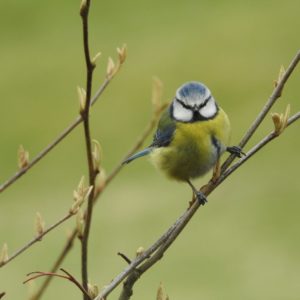
Blue Tit
- Birds
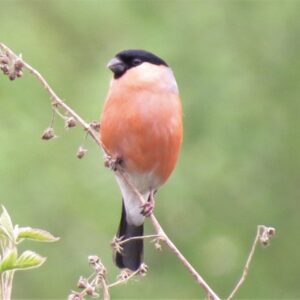
Bullfinch
- Birds
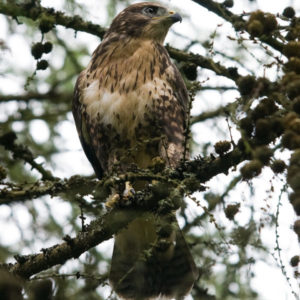
Buzzard
- Birds
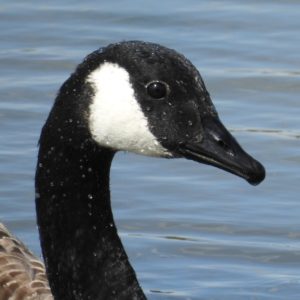
Canada Goose
- Birds
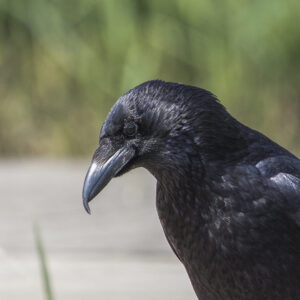
Carrion Crow
- Birds
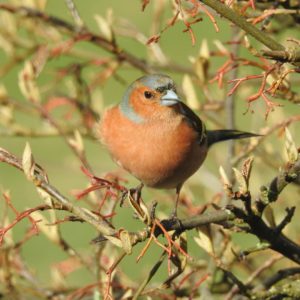
Chaffinch
- Birds
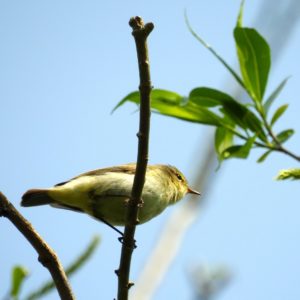
Chiffchaff
- Birds
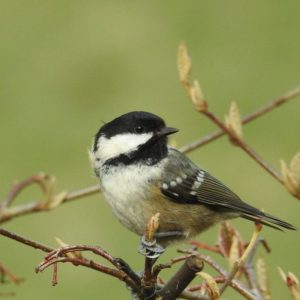
Coal Tit
- Birds
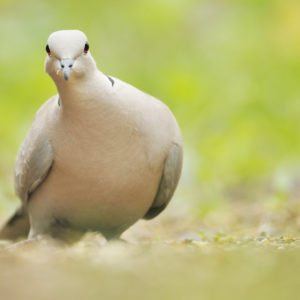
Collared Dove
- Birds
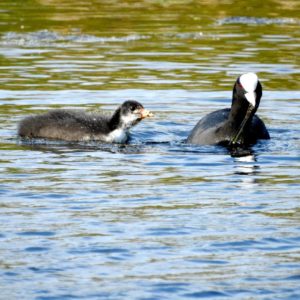
Coot
- Birds
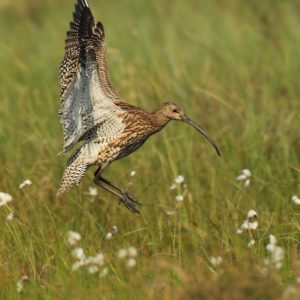
Curlew
- Birds
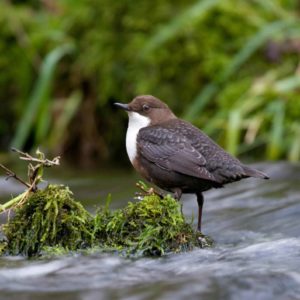
Dipper
- Birds
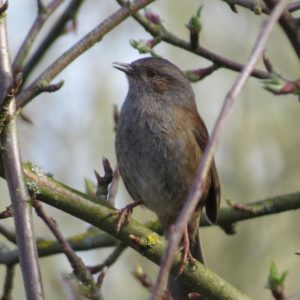
Dunnock
- Birds
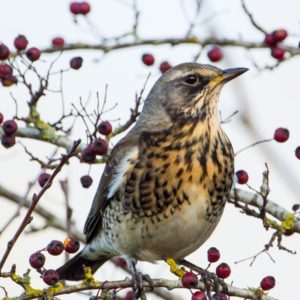
Fieldfare
- Birds
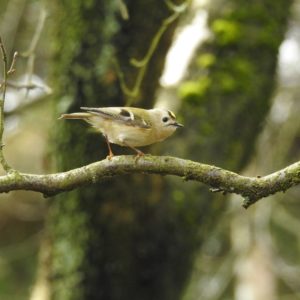
Goldcrest
- Birds
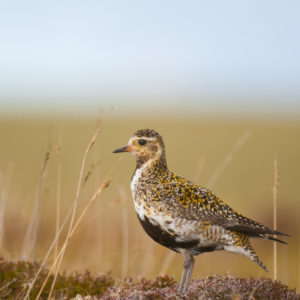
Golden Plover
- Birds
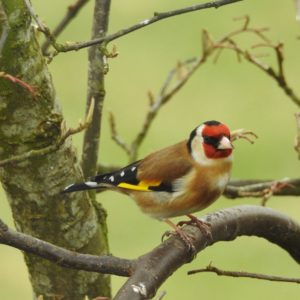
Goldfinch
- Birds
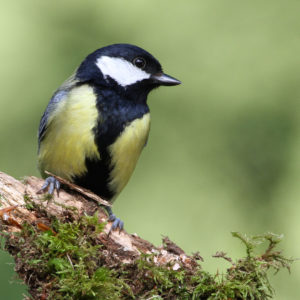
Great Tit
- Birds
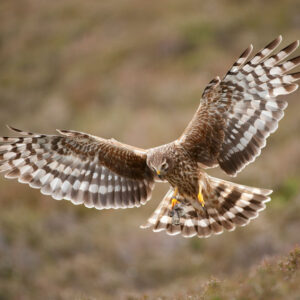
Hen Harrier
- Birds
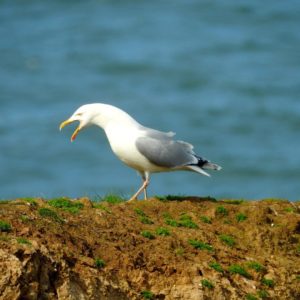
Herring Gull
- Birds
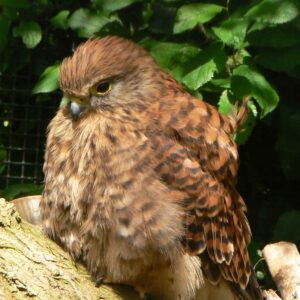
Kestrel
- Birds
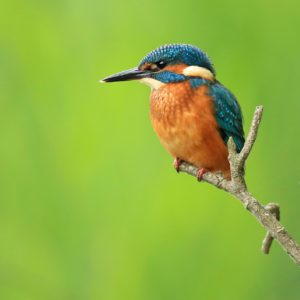
Kingfisher
- Birds
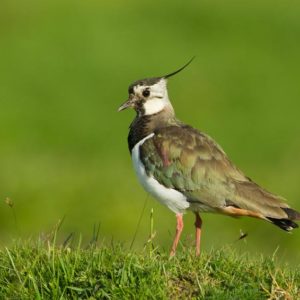
Lapwing
- Birds
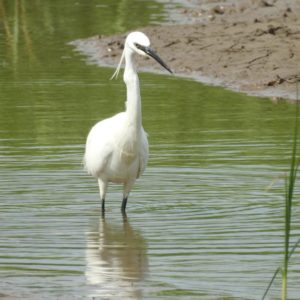
Little Egret
- Birds
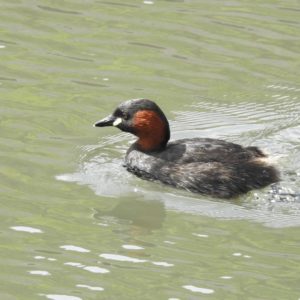
Little Grebe
- Birds
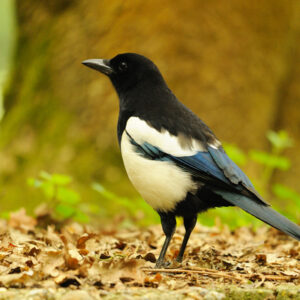
Long-Tailed Tit
- Birds

Magpie
- Birds
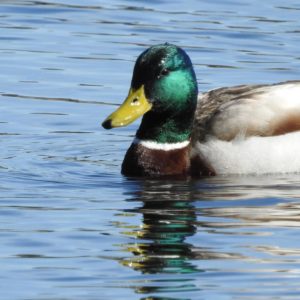
Mallard
- Birds
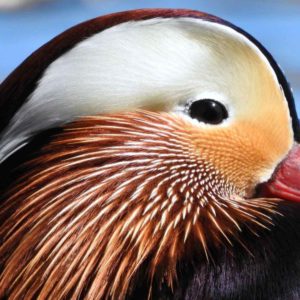
Mandarin Duck
- Birds
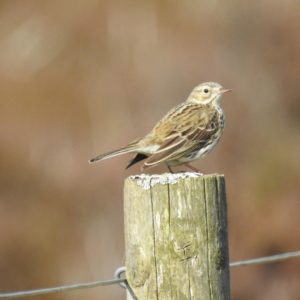
Meadow Pipit
- Birds
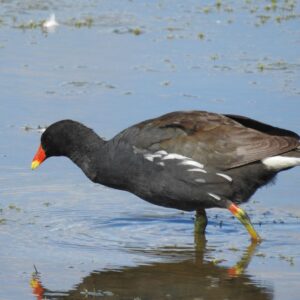
Moorhen
- Birds
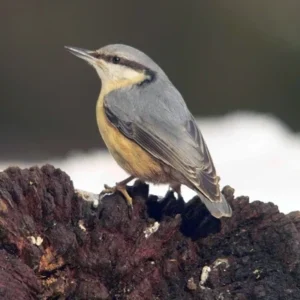
Nuthatch
- Birds
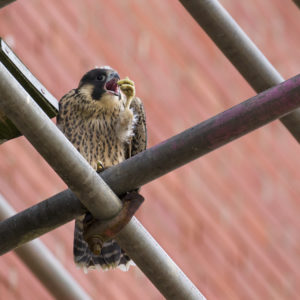
Peregrine falcon
- Birds
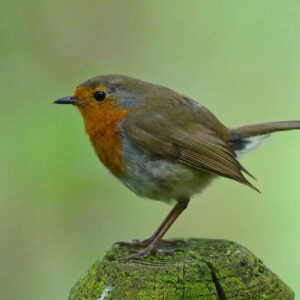
Robin
- Birds
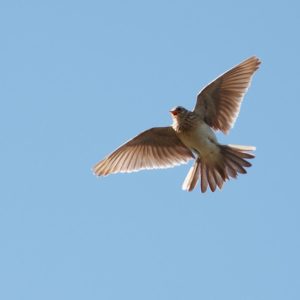
Skylark
- Birds
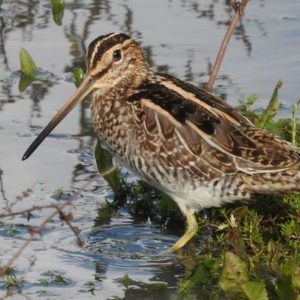
Snipe
- Birds
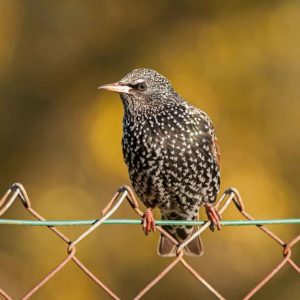
Starling
- Birds
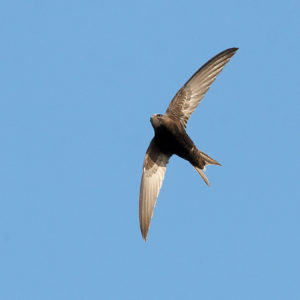
Swift
- Birds
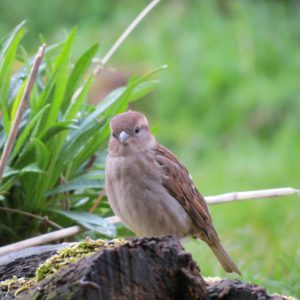
Tree Sparrow
- Birds
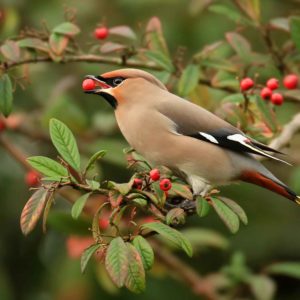
Waxwing
- Birds
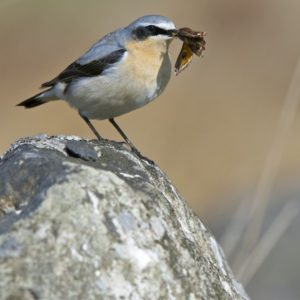
Wheatear
- Birds
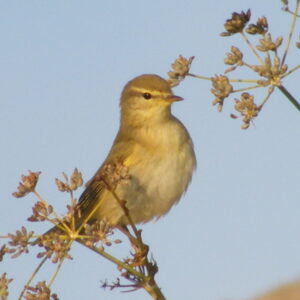
Willow Warbler
- Birds
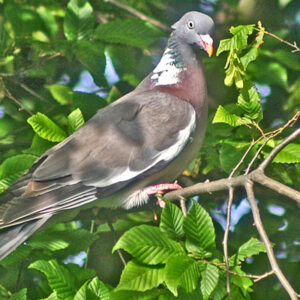
Wood Pigeon
- Birds
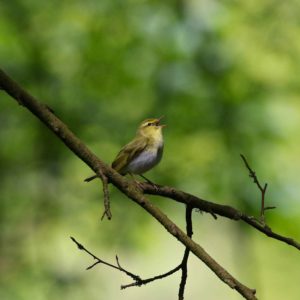
Wood Warbler
- Birds
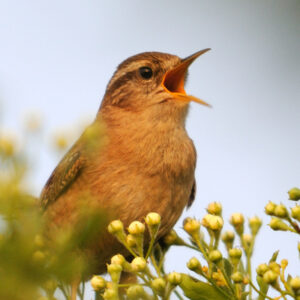
Wren
- Birds
